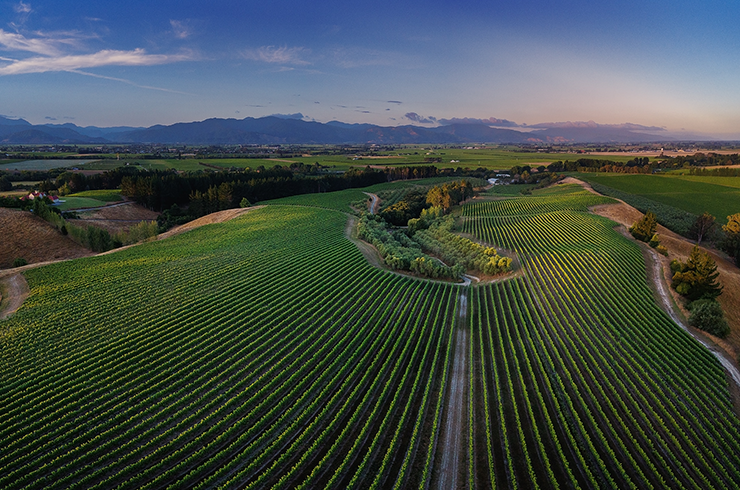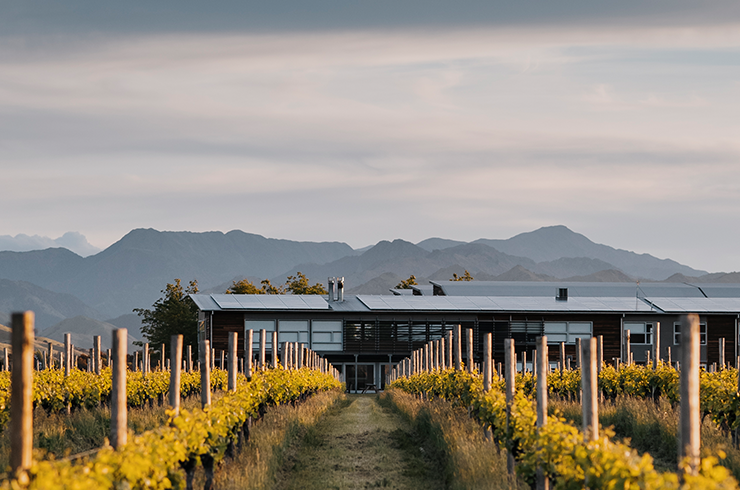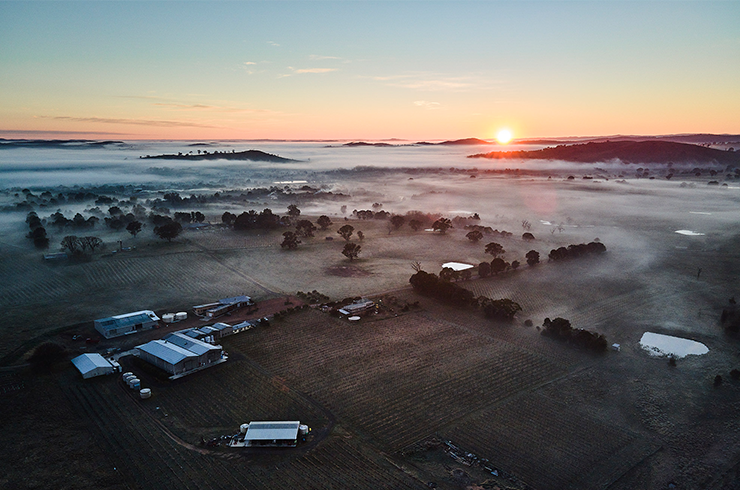The 2021 Western Australian vintage
Margaret River
Margaret River experienced an unusually challenging and wet season (41% above the 10-year rainfall average), most notably the wettest February in 20 years inflicting botrytis pressure. Canopy management, timing of harvest and careful fruit selection through stringent hand picking proved vital, a tricky balancing act in a season of labour shortages, with winery teams brought in to assist in the vineyards. Those who remained vigilant brought in a promising harvest, with bright chardonnay of higher- than-average acidity the standout of the whites. Cooler and drier conditions in March and April infused perfume, lift, vibrancy and fine tannins in cabernet sauvignon, the star of the reds.Great Southern
In Great Southern, virtually no indigenous tree flowered, placing huge bird pressure on fruit and necessitating early netting, which then all had to be removed for spraying when a rain event in early February brought the threat of splitting and disease. A cooler season produced a later start to harvest in the north (Frankland River) but right on average in the south (Albany and Denmark). Dry and slightly warmer conditions through March sealed a rapid harvest of good to exceptional quality and solid yields, provided canopy management was effective.Manjimup
In Manjimup, whites ripened two weeks earlier than usual, with good flavour and acid retention. A cool change slowed the reds, building depth of flavour while retaining acidity and elegance.Pemberton
Pemberton was hit by 70mm of rainfall in mid-February, followed by successive rain events and cool conditions. Vigilant vineyard management and selective hand picking proved essential. With a shortage of backpackers, Picardy rallied a posse of grey nomads from Dunsborough to help out. In the end, the most difficult season in a generation yielded good wines of low alcohols, albeit not of the standard of the previous three (exceptional) harvests.Geographe
Similarly wet, cool and challenging conditions prevailed in Geographe, where low yields became a blessing in disguise in rallying fruit to ripeness. Chardonnay quality was dependent on the timing of harvest before or after the rain.Swan Valley
It was a vintage of halves in the Swan Valley, with fruit picked after a hot December and cool January, or after heavy rains in February and March. Later ripening vineyards west of the river were particularly impacted by rot. A major bushfire nearby in early February added to the region’s woes, with smoke taint sampling still inconclusive at the time of writing. Early picked whites were the standout, with delicate aromatics.Perth Hills
Perth Hills fared much better, with earlier ripening whites escaping the rain events of autumn, thanks to a warm summer. Reds ripened evenly, with cool nights upholding acidity.To discover more regional insights from the 2021 Australian vintage – click here.
Latest Articles
-
Wine Lists
The 50 most popular wines of 2025
just now -
Wine Lists
A snapshot of top New Zealand wines (all rated 91 points and above)
2 days ago -
Behind the label
Taste Aotearoa: Get to know these five New Zealand wineries
2 days ago -
Wine Lists
Just in: 14 newly reviewed wines to try this December
17 Dec 2025



